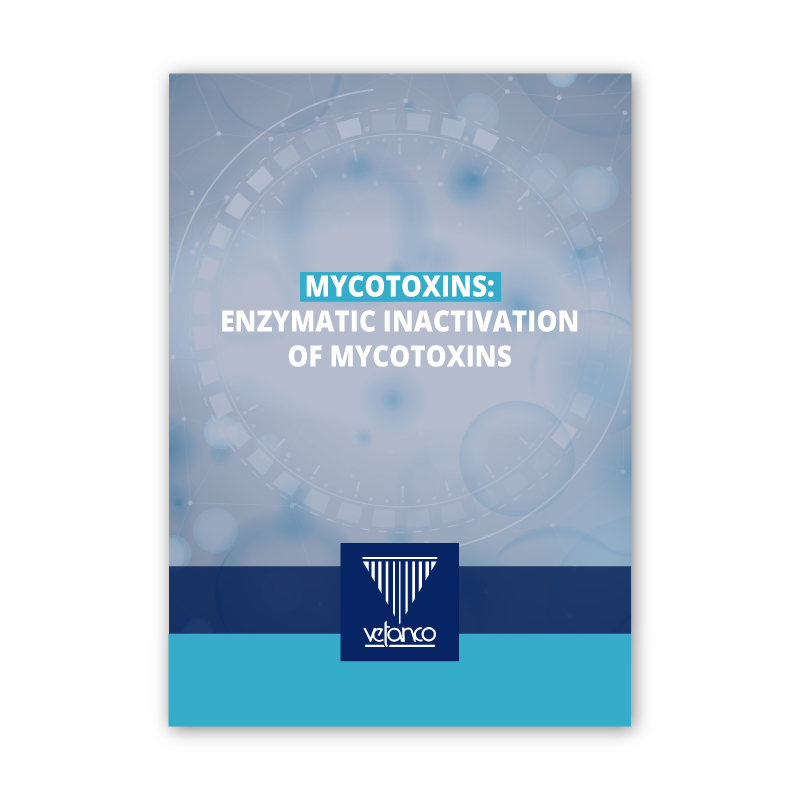
In the mid-seventeenth century it was already known that stomach secretions were responsible for meat digestion and that saliva was, partially, in charge of conversion of starch into sugar. However, the mechanism responsible for those transformations was unknown. Two centuries later (XIX), the enzymatic mechanism was discovered and, it was not until the 1930s that the first enzymes were isolated. Since that moment, different functions have been discovered; functions that go far beyond nutrients digestion.
In 1966, CIEGLERA et. al, tested approximately 1.000 microorganisms, among which were: yeasts, molds, fungal spores, actinomycetes, bacteria and algae, in order to evaluate their ability to destroy or transform the aflatoxin B1 and G1. Among all the agents studied, only one bacteria, Flavobacterium NRRL B-184, removed the aflatoxin from the solution. According to research studies on ducks (ducklings), the detoxification of aflatoxin solutions by B-184 was complete, without the production of new toxins.
